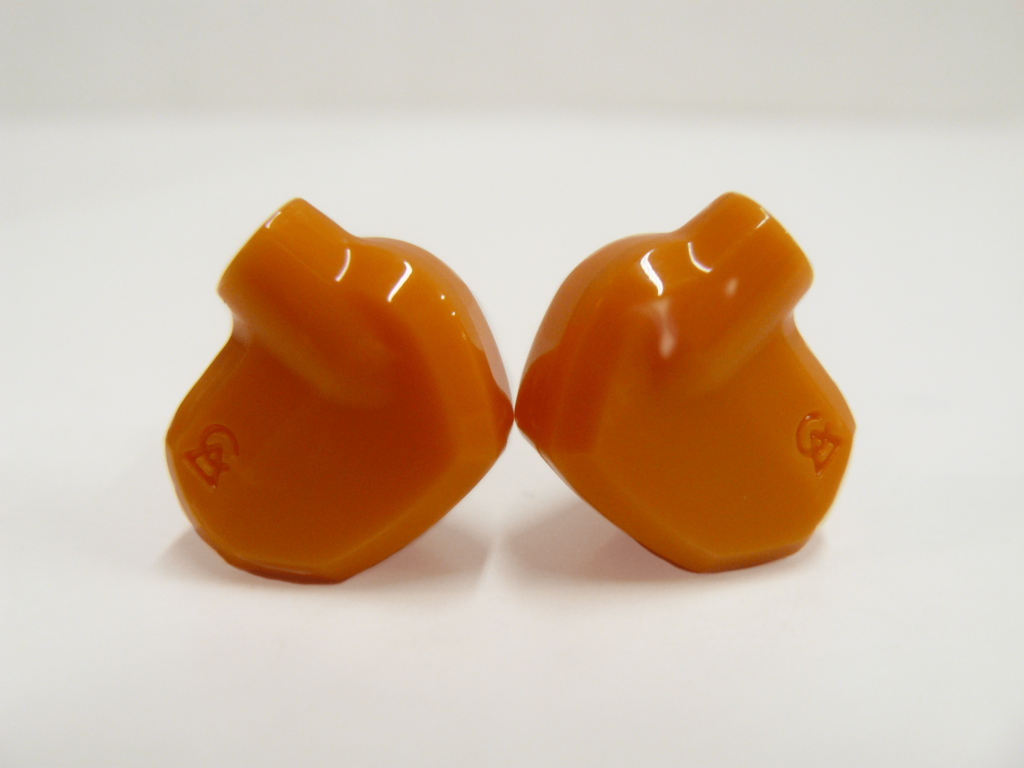Campfire Audio has found renown in audiophile spaces for producing IEM with rich detail and texture. However, they’ve rarely released a model that hasn’t been for a mid, to a high-end price point. The closest they’ve come to that is with the now discontinued Polaris, which went for $500. In 2021, Campfire looks to satisfy the crowd that might not have the budget for audiophile IEMs, but would still like to have a unique and detailed sound. The Satsuma and Honeydew were released simultaneously, with the Satsuma being the most inexpensive at $199. How does the Satsuma stand out among the large variety of affordable IEMs? Can they surprise me?
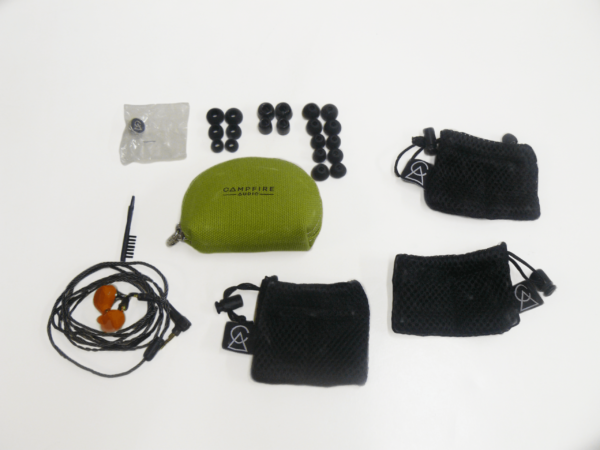
What You Get
If you’re familiar with most Campfire products, then the style of packaging and supplied materials won’t surprise you much. I still appreciate how many ear tips Campfire gives you, with its various styles and sizes. With the Satsuma, you’ll receive silicone and marshmallow foam tips, with a few sets of each. You also get a cleaning tool, logo pin, and three different drawstring pouches. The zipper case also makes a welcome return here.
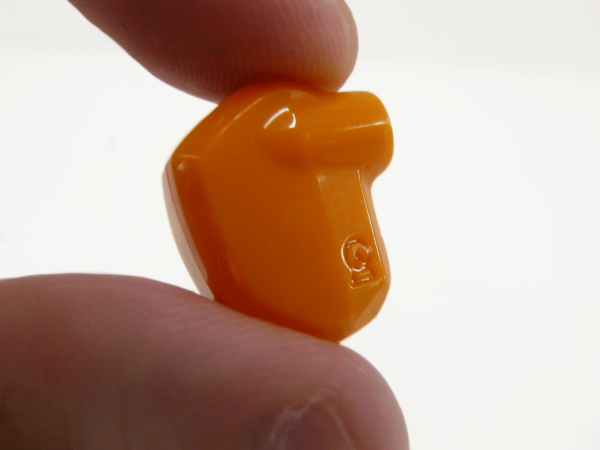
Look and Feel
With the Satsuma and Honeydew, Campfire offers up a new shell design. It produces a smaller housing that’s more ergonomic in its shape. The Satsuma presents a solid orange coloration, that showcases the vibrancy of the IEM. Its got a smooth surface and gives the earphone the aesthetic of a delectable fruit. This plays in nice contrast to the Satsuma’s stainless steel spout which stands out even more. As far as the fit goes, this style presents an ideal level of comfort for any IEM. It’s one of the best fits for an earphone, as the Satsuma provides a non-fatiguing, invisible fit that I found satisfying throughout various hours of listening.
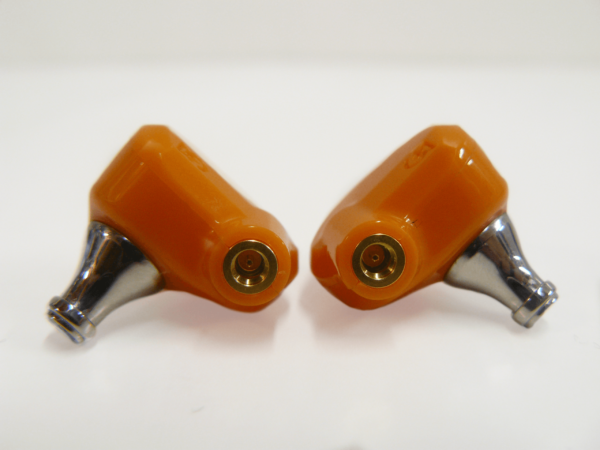
Design
Inside of this IEM is a 3D-printed acoustic chamber, featuring a ported balanced armature. Campfire uses this 3D-printed chamber to help shape their desired sound signature for the Satsuma, which the balanced armature helps output. More specifically, Campfire calls it a tuned acoustic expansion chamber (T.A.E.C.).
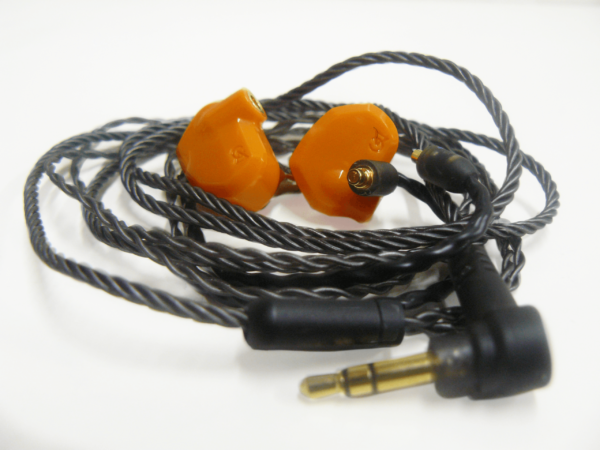
Output
You can usually expect a strong signal flow out of most Campfire products, and the Satsuma is no different. There’s a more reserved level of loudness here than in some of their other selections, but still expect a moderate level of gain to feel satisfied with.
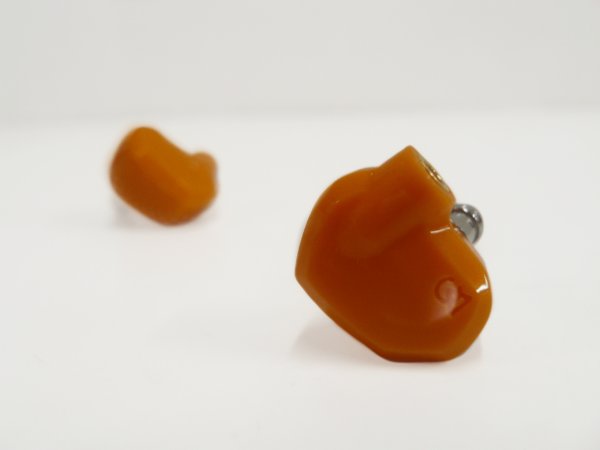
Soundstage
While Campfire supplies a spacious IEM, the Satsuma doesn’t exactly set out to exaggerate the width. Instead, you get a well-adjusted stage, with accurate spatial imaging. Some sound elements feel like they move properly around the stereo field without leaving that central position that makes the image appear more whole. I prefer a more outward space, but I can still appreciate when the stereo field can be contained and still showcase exceptional clarity. That’s what the Satsuma does best, it gives you everything you need without giving you too much. The sounds are properly layered and separated to feel respectful to the mic and accurate to spatial imaging. Classical and Jazz tracks benefit the most from this soundstage, giving the many sound elements a proper position and sense of height. There’s also a forwardness to the Satsuma, pushing the image out while keeping the sound together and whole.
Low End
Just from the first few minutes of listening, I could tell this wasn’t going to be a very bassy IEM. The lows here are tight and very controlled, with a more reserved tonality that still isn’t afraid to show off some punch. There isn’t much offered in the way of resonance, but you still get a clean response that can feature some detail.
Mids
A lot more texture and resonance are reserved for the midrange. There’s a proper emphasis on the low and high mids, showcasing both warmth and crisp tonalities in many different instruments. Campfire wanted to feature detailed responses of individual performances on the Satsuma and I definitely feel like they succeed here. They’ve found a great combination of analytical and casual enjoyment, balancing coloration and clarity.
Highs
I was definitely pleased with the amount of high-end response here. It’s not an intimidating tonality, especially if you find some of these frequencies to be a bit too piercing. You won’t find much of the frequency response particularly accentuated here, but the treble still shows off some sparkly details. The highs make the sound feel complete, glistening, and tailing off into a natural resonance. Easily digestible to any listener.
Summary
The Campfire Audio Satsuma brought me an enjoyable listening experience that was inexpensive and provided a great level of comfort. If there was just a bit more bass in the timbre, you could say that the Satsuma contains everything you could want at that price. I don’t think the lows set it back, but it does make the sound signature a bit pickier than other Campfire products. For $199 though, it’s more than worth it, especially if you like clear instrumentation and fullness.
Pros and Cons
Pros: Colorful highs, Detailed mids, Solid design, Easy fit
Cons: Limited bass
The Campfire Audio Satsuma is available at Audio 46.
Headphonedungeon may get a commission from retail offers.

